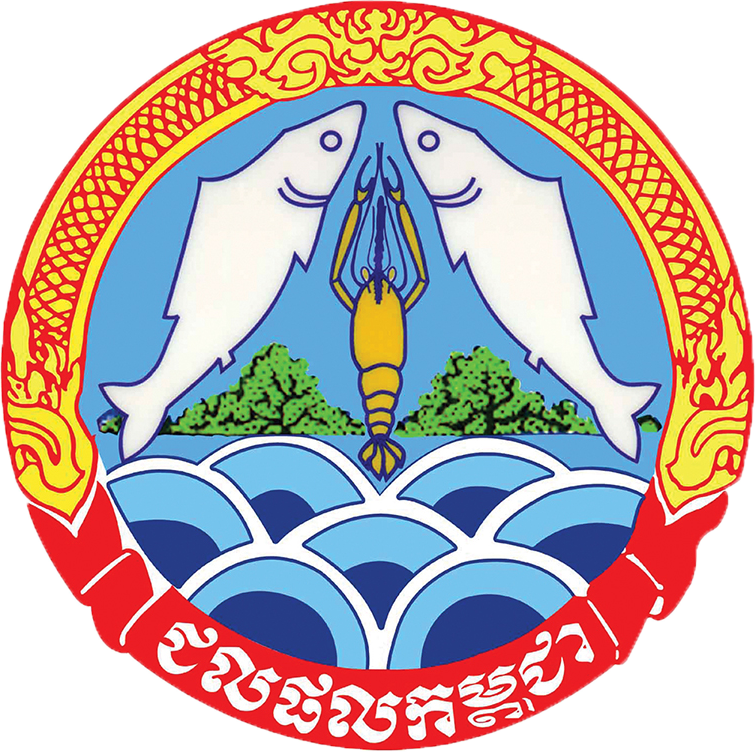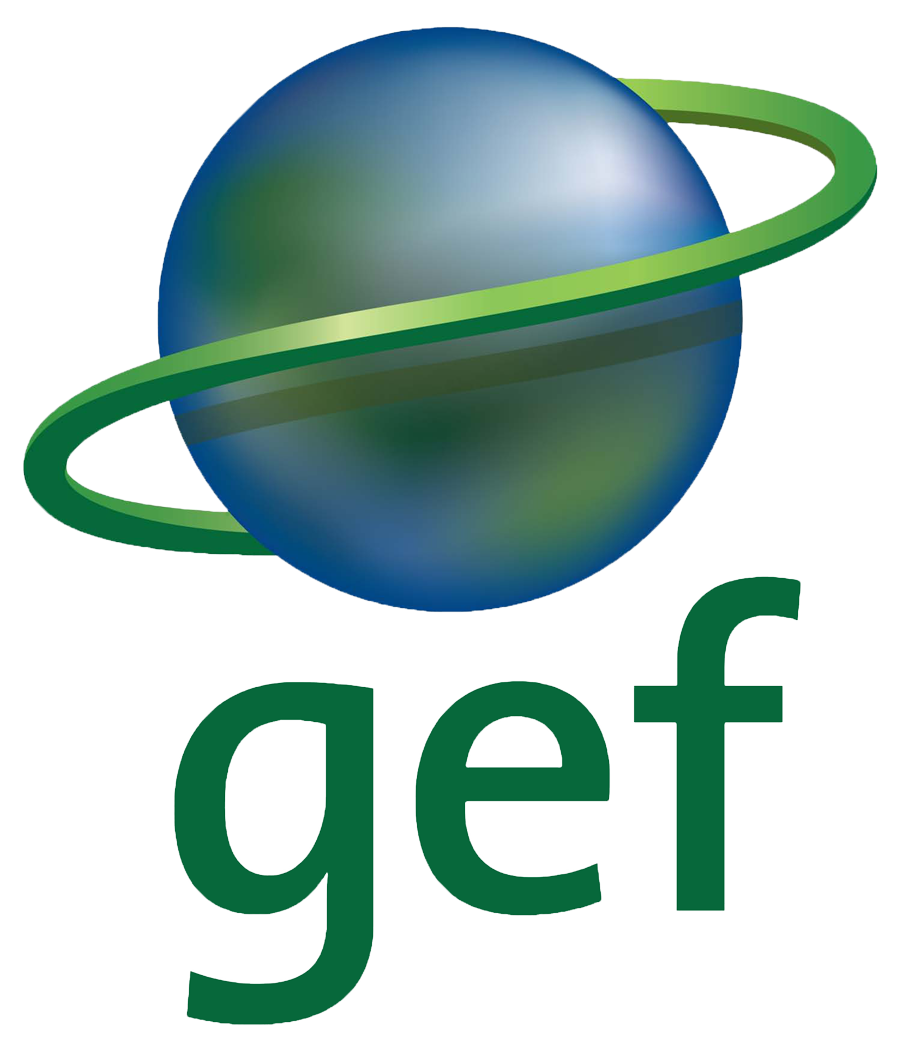Background & Situation Menu
Status and Trends in Fisheries and their Habitats Threats, root causes and barrier analysis Institutional, sectoral and policy context Stakeholder mapping and analysis Baseline analysis and gaps Known Areas of Critical Significance to the Life-Cycles of Fisheries Resources Priority Fisheries Refugia Areas




Establishment of Fisheries Refugia in Cambodia:
Background and Situation Analysis to Support
Institutional, sectoral and policy context
This section discusses the basic instruments and support mechanisms for managing fisheries resources and coastal habitats. It deals with legal instruments, i.e., national laws that also serve as the basis for local ordinances and for the country’s commitment to international agreements, and institutional arrangements in support of fisheries or coastal resources management initiatives, including the roles of various government agencies, research and academic institutions, and the local government units in monitoring, control, and enforcement. This section also examines patterns of resource ownership, the capacity of human resources and institutions to perform research, monitoring, control, and surveillance, as well as the role of management bodies and stakeholders in managing fisheries and coastal resources.
| 1. | Legal instruments
Following the Pol Pot regime, there was a complete restructure of Cambodia’s legal and administrative arrangements for natural resource use. Therefore, in order to manage and control the use of Cambodia’s natural resources, specifically aquatic resources, the original Department of Fisheries (DoF) instituted Cambodia’s Fisheries Law (in Khmer called Kret Chhbab Lek 33 Kra Chor) for the Management and Administration of Fisheries Resources in Cambodia. This law, aims to regulate the exploitation of Cambodia’s fishery resources. It represents a modified and upgraded version of Cambodia’s fisheries law of 1965. The enactment of this legal instrument occurred on 9 March 1987. A new law called Law on Fisheries modified from Kret Chhbab Lek 33 was promulgated on 21 May 2006 by the King of Cambodia and focuses strongly on the conservation of fisheries resources and habitats in the main land and coastal areas. This law aims to enable the achievement of Cambodia’s obligations under the 1982 United Nations Convention on the Law of Sea. This international instrument gives the rights and responsibilities for the management and use of marine resources within the Cambodian EEZ to the Cambodian Government. The modification of Cambodia’s law has occurred in response to changes in political situations. This law is currently under review and it is aimed that a draft will be finished, signed, and come into force during 2004. Similarly, other existing legal instruments instituted prior to 1993 are under revision. Several sub-decrees, proclamations, and other regulations are being drafted. The existing law provides a broad legislative framework for the management and development of marine capture fisheries in Cambodia. Management tools such as the requirement to licence boats of a specified size, closures to protect some species during their spawning seasons, and gear restrictions are commonly used. The law contains some conservation measures such as banning the use of trawls in inshore areas less than 20 meters deep, and the prohibition of the use of explosives and poisons for commercial fish capture. There are many legislative instruments and regulations currently in force for the management, conservation, and sustainable development of Cambodia’s fisheries resources. These include:
|
| 2. | Institutional arrangements (research, monitoring, control, and enforcement)
There are 3 coastal fisheries administration cantonments in the coastal areas of Preah Sihanouk province, Koh Kong, Kampot and Kep. One marine inspection unit is located at Sihanoukville to control all illegal activities along the Cambodian coastline. The marine inspection unit consists of 2 vessels, each about 14 to 15 metres in length, with maximum speeds of 12 to 15 knots. The vessels are often unable to match the speed of foreign fishing vessels (APIP 2001), and the unit has insufficient funds to operate and maintain the vessels. In 2002, about 80 staff were employed within the inspection sector. This includes all staff in the coastal provinces/municipalities and the marine inspection unit. There was until recently no research and monitoring unit for marine fisheries within the FiA, although the recently established Fisheries Conservation Department located under the Fisheries Administration currently has some research projects underway, although these are all largely funded by external donors. A challenge for the FiA is that scientific and technical officers are often required to attend and manage administrative issues, and are transferred (promoted) to inland provinces. The Fisheries Conservation Department is developing guidelines for fisheries management area establishment and management, marine reference collection in support of activities for public awareness and has potential as marine natural museum in the future. There is some institutional overlap between the FiA and Ministry of Environment (MoE). The MoE is responsible for the conservation of biodiversity and protected areas. However, the FiA, as part of the Ministry of Agriculture, Forestry, and Fisheries, is responsible for the protection and sustainable use of marine natural resources and for establishing fisheries management areas.
|